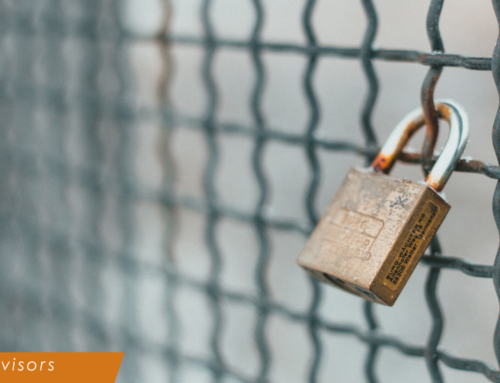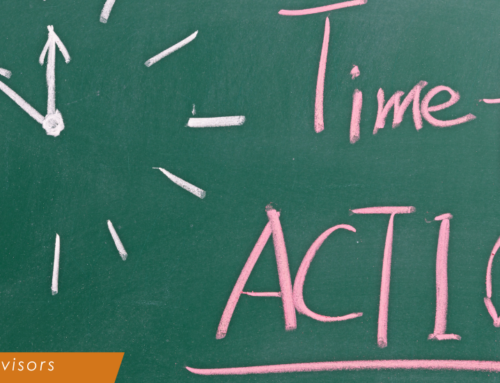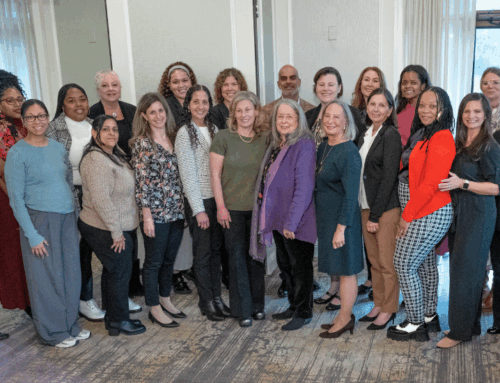How to Give
“The 8 Principles of Good Disaster Giving”
- First, do no harm. Taking up a collection for food here generates a gift that is costly to ship, may take too long to get where it is needed, and may not fit the needs of the people affected by the typhoon.
- Stop, look and listen before taking action.
- Don’t act in isolation. Channel your gifts to competent organizations already at work.
- Think beyond the immediate crisis to the long term. Rebuilding the affected areas will take years.
- Bear in mind the expertise of local organizations. Give to those who have operations in the Philippines. Understanding local culture and customs is critical to successful help.
- Find out how organizations you want to support operate.
- Be accountable to those you are trying to help. Think of the needs of typhoon victims ahead of your own need to give and feel useful.
- Communicate your work widely, and use it as an educational tool. If you know and understand the Philippines, help other Americans comprehend the country from afar.
Our first suggestion is that gifts of money are the appropriate response, and we encourage you to give directly to organizations providing direct aid. Supplies are difficult and expensive to transport, and only those on the ground know exactly what is needed. Money allows relief agencies the greatest flexibility.
Where to Give
Your gifts will be well-used by the following, among others:
- Unicef United States Fund: http://www.unicefusa.org
- World Food Programme USA: http://wfpusa.org
- American Red Cross: http://www.redcross.org/news/article/Typhoon-Haiyan-Disaster-Alert
- International Rescue Committee: http://www.rescue.org
- CARE: http://care.org





